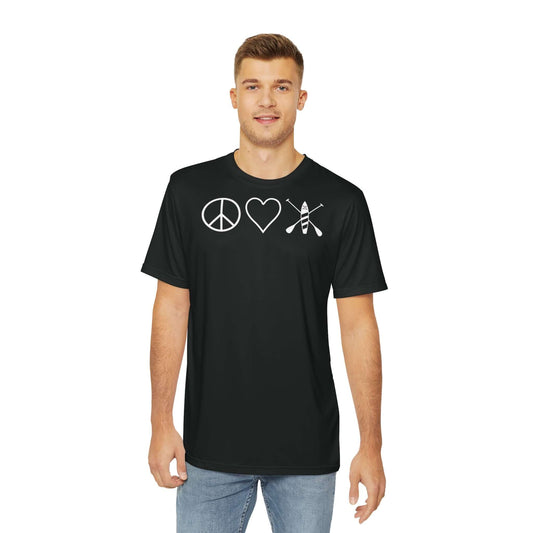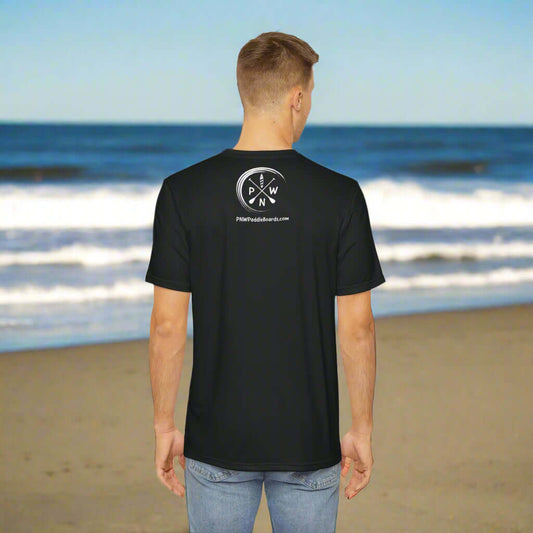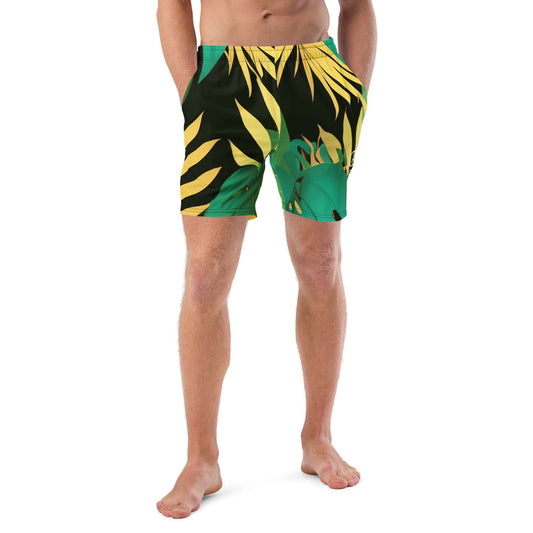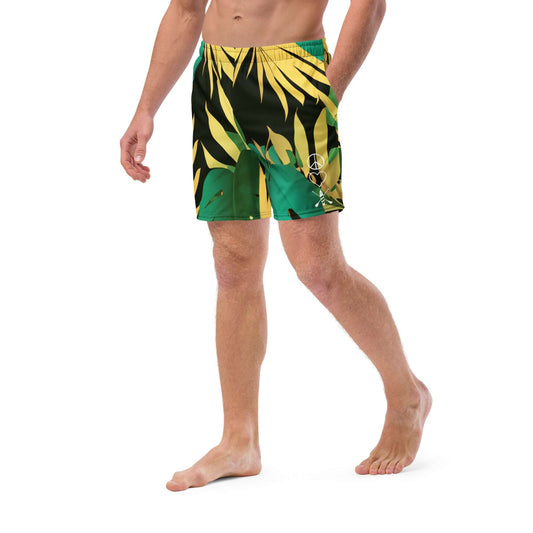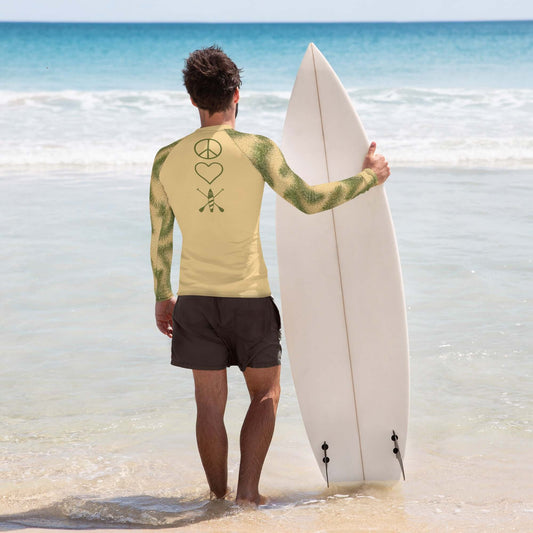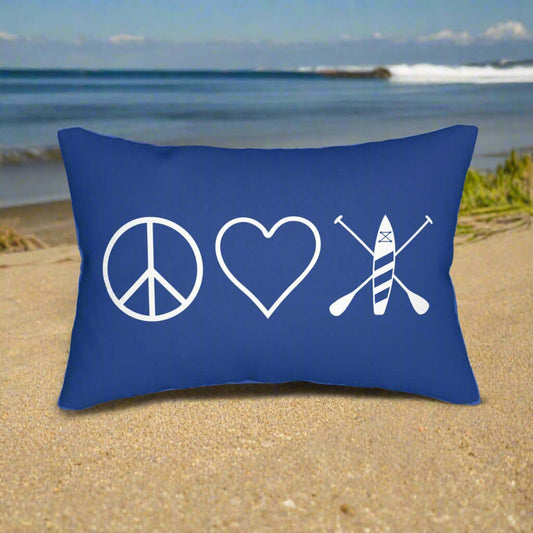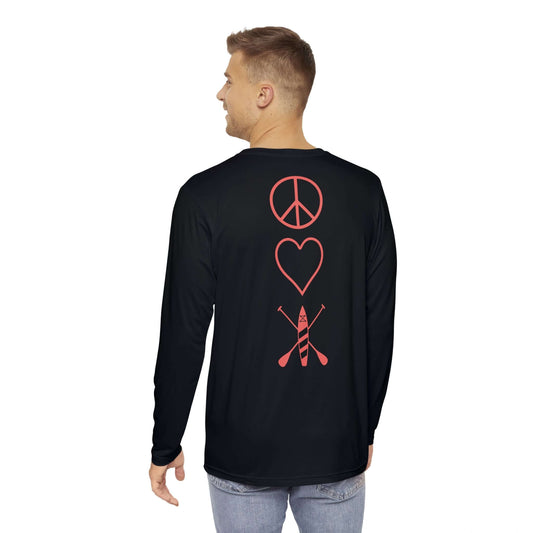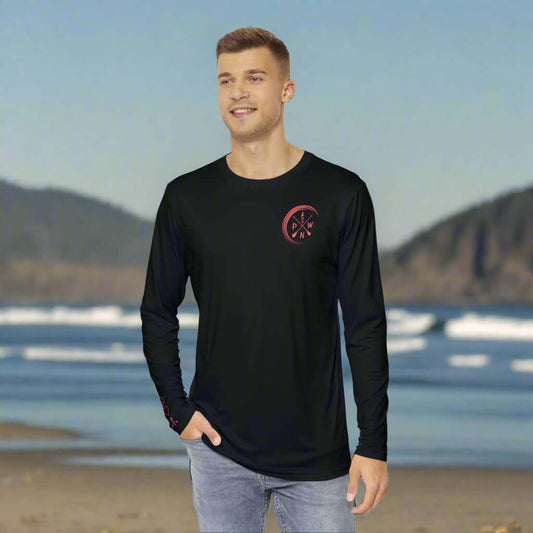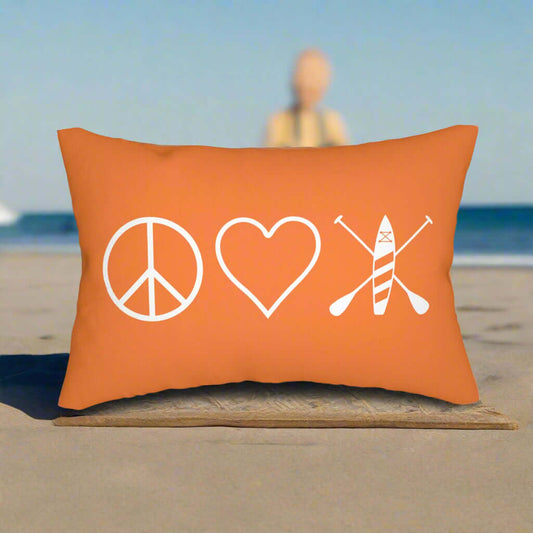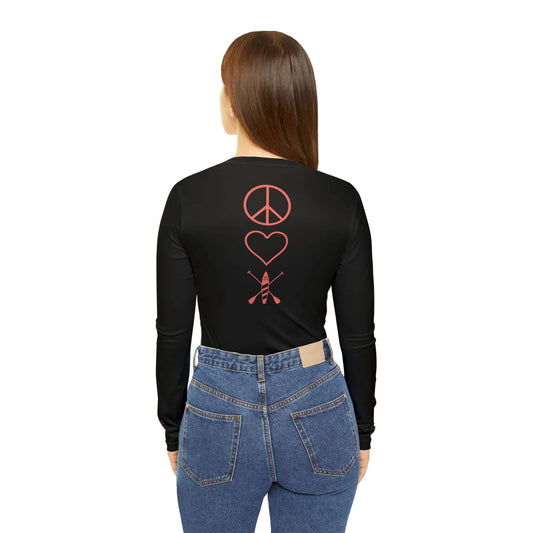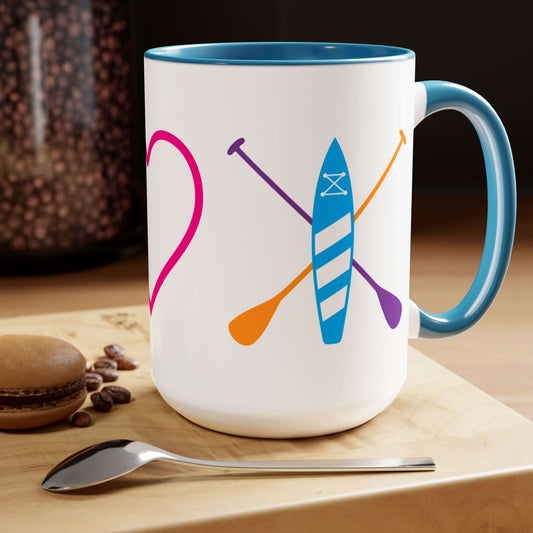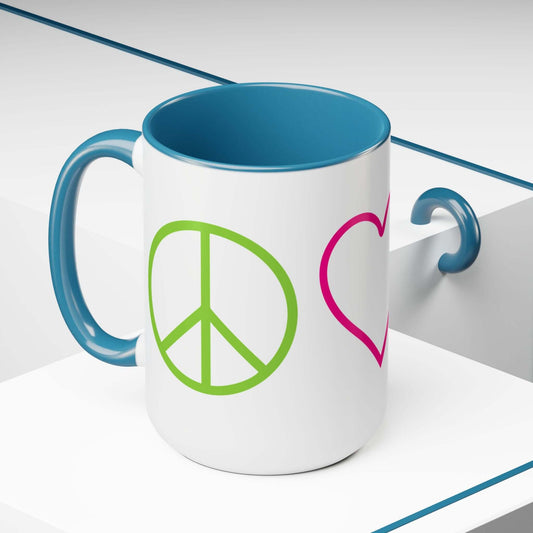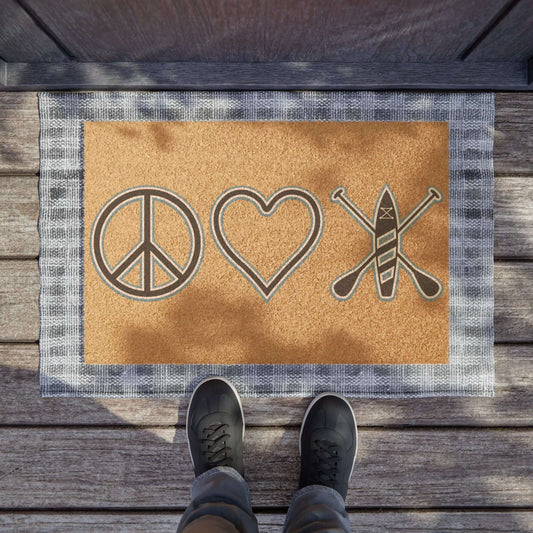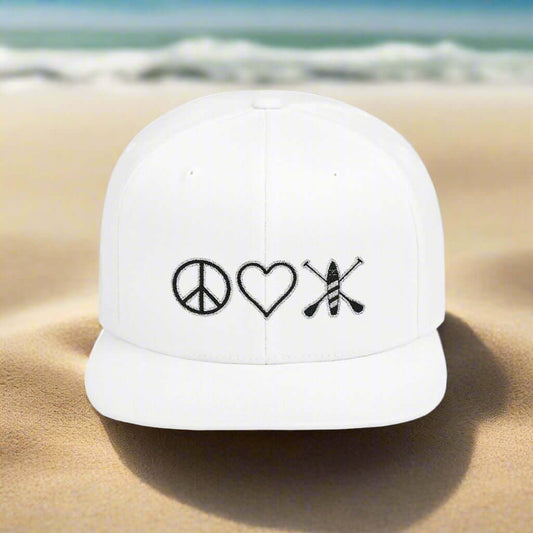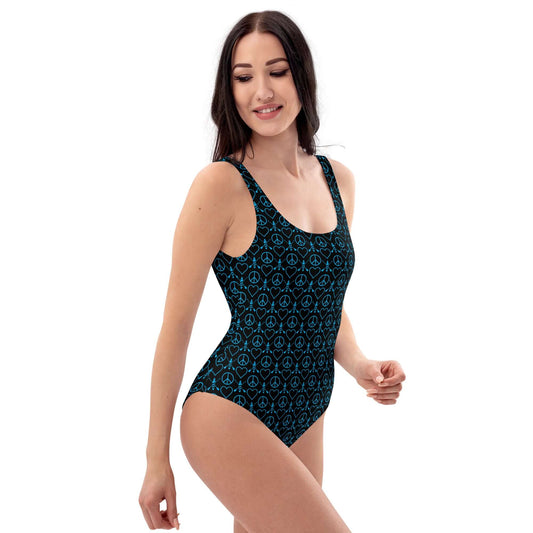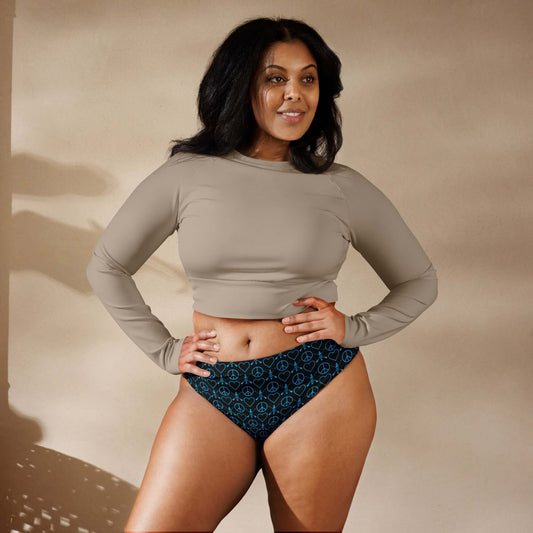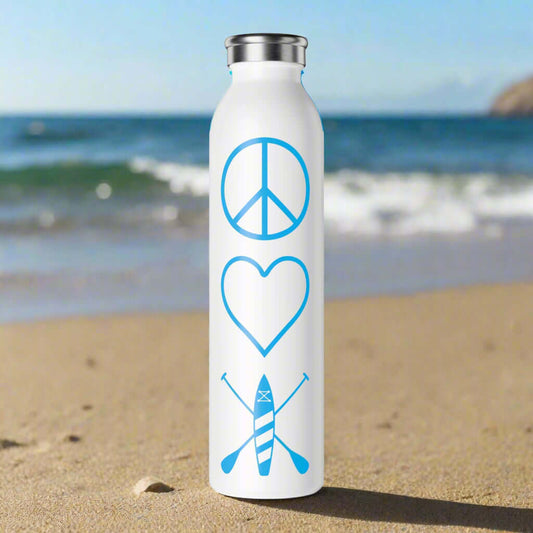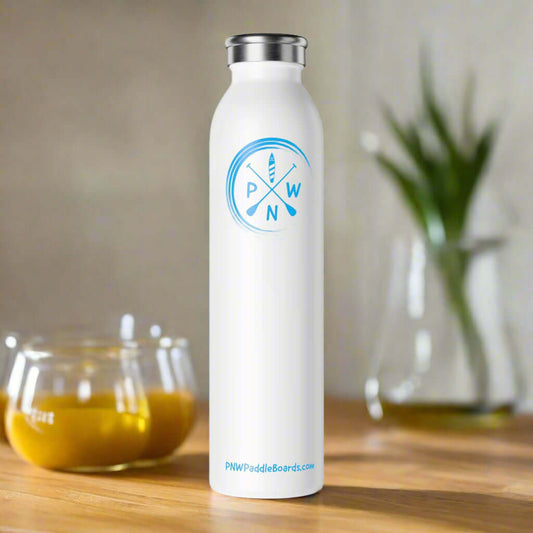
Understanding Paddleboard Weight Capacity: Glide Through Water with Confidence
When you’re selecting the perfect paddleboard for your adventures on the water, understanding weight capacity is crucial. Whether you’re looking to glide through water for a peaceful session of paddle yoga or an exciting day of paddleboarding with friends, knowing how much weight your paddleboard can safely carry will ensure a fun and safe experience. In this guide, we will explore everything you need to know about paddleboard weight capacity and why it matters.
What is Weight Capacity?
Weight capacity refers to the maximum weight a paddleboard can safely support without compromising performance or safety. This includes the weight of the paddler, any gear or equipment, and anything else you may bring on board. Understanding this capacity helps you prevent overloading your board, which can lead to damage and a risky experience on the water.
Why Weight Capacity Matters
The weight capacity of a paddleboard is vital for several reasons:
- Performance: Overloading a paddleboard can cause it to become unstable, negatively affecting your ability to glide through water effectively.
- Safety: Exceeding the weight limit can lead to capsizing or leakage, putting you and your belongings at risk in the water.
- Durability: Continuous overloading can damage the paddleboard’s structure, leading to costly repairs or the need for a premature replacement.
Factors Influencing Paddleboard Weight Capacity
Several factors influence the weight capacity of a paddleboard, including the type of board, its material, and its design. Here are some key aspects to consider:
Type of Paddleboard
Different types of paddleboards have different weight capacities. The most common paddleboard types include:
- All-Around Paddleboards: Versatile and suitable for various activities, these boards often have a moderate weight capacity, making them ideal for casual paddlers.
- Touring Paddleboards: Built for distance paddling, these boards tend to have higher weight capacities to accommodate longer trips and extra gear.
- Surf Paddleboards: Generally built for maneuverability and speed, these boards may have lower weight limits compared to their all-around counterparts.
Material Construction
The material of a paddleboard plays a significant role in determining its overall weight capacity. Common materials include:
- Inflatable Paddleboards: Made from durable PVC, these boards offer flexible weight capacities and are generally lighter, making them easier to transport.
- Rigid Paddleboards: Typically made from fiberglass or epoxy, rigid boards are sturdy and support more weight, resulting in higher capacities.
Board Design
The design features of a paddleboard, such as its width and length, also contribute to its weight capacity. Wider boards provide better stability and support more weight, while longer boards are designed for speed and tracking, which can also increase capacity due to their structural integrity.
How to Determine Your Ideal Paddleboard Weight Capacity
When selecting a paddleboard, it’s essential to choose one that matches your weight and needs. Here are steps to help you determine the best weight capacity for your paddleboarding adventures:
Calculate Your Weight
Your weight is the first factor to consider. If you plan to paddle with gear or additional people, calculate the total weight you intend to have on the board. This total will help you determine how much weight capacity you need in a paddleboard.
Check the Manufacturer’s Specifications
Always refer to the manufacturer’s specifications regarding weight limits. This information is usually found in the product descriptions and on the paddleboard itself, and it can help you identify the optimal board for your needs.

Consider Additional Gear
Think about any additional gear you may need on your paddleboard. If you plan to carry coolers, fishing equipment, or even pets, ensure you factor in this weight to avoid exceeding the paddleboard’s capacity.
Tips for Safe Paddleboarding
Now that you understand weight capacity, you should also be familiar with additional safety tips to ensure a pleasurable experience while you glide through water:
- Wear a Life Jacket: Always wear a personal flotation device (PFD) for safety, regardless of your skill level.
- Paddle with Friends: There’s safety in numbers! Having friends join you creates a support system in case of emergencies.
- Practice in Calm Waters: If you’re new to paddleboarding, practice in calm, shallow waters before venturing out into harsher conditions.
- Stay Aware of Your Surroundings: Keep an eye on weather conditions or any potential hazards on the water.
Common Misconceptions About Paddleboard Weight Capacity
Understanding paddleboard weight capacity can be clouded by misconceptions. Let’s debunk some of the most common myths:
Myth 1: All Paddleboards Have the Same Weight Capacity
This is not true; the weight capacity differs widely based on board type, construction, and other factors. Always check for specifications to avoid disappointment!
Myth 2: I Can Overload the Board Just Once
Even a single overload can compromise the integrity of the board and lead to dangerous situations. Prioritize safety and stick within weight limits.
Myth 3: Inflatable Boards Can’t Support Much Weight
While it’s true that inflatable boards may have lower weight capacities than some rigid boards, many inflatable options can still support a considerable amount of weight. It’s essential to check the specifications to find a suitable inflatable paddleboard for your needs.
Making the Right Choice for You
Choosing a paddleboard with the proper weight capacity is an essential part of ensuring your safety and enjoyment on the water. When considering your options, factor in all elements, including your weight, the gear you intend to bring, and the board’s intended use.
Explore Paddleboard Styles
Visit our shop at PNW Paddleboards to select from various paddleboard styles designed for different experiences. Choosing the right board will ultimately allow you to maximize your time gliding through water.
Make Safety a Priority
Remember, safety should always be your top priority in any water sport. Understanding weight capacity is just one part of ensuring you make informed decisions. By taking into account safety gear, weather, and your overall paddling experience, you’ll have everything you need for a fantastic adventure.
Your Adventure Awaits!
With the right knowledge about paddleboard weight capacity, you’re now ready to make informed decisions that will enhance your paddleboarding experience. Remember to consider all aspects, from your personal weight to the gear you'll carry, to ensure a safe and enjoyable trip on the water. Explore our wide range of paddleboards today, and embark on the adventure of a lifetime!
Discover the creations of a fellow Shopify store owner by exploring their online store. Simply click here to access the store. Please remember that this is a promotional link, and we cannot be held responsible for the content of the linked store.











